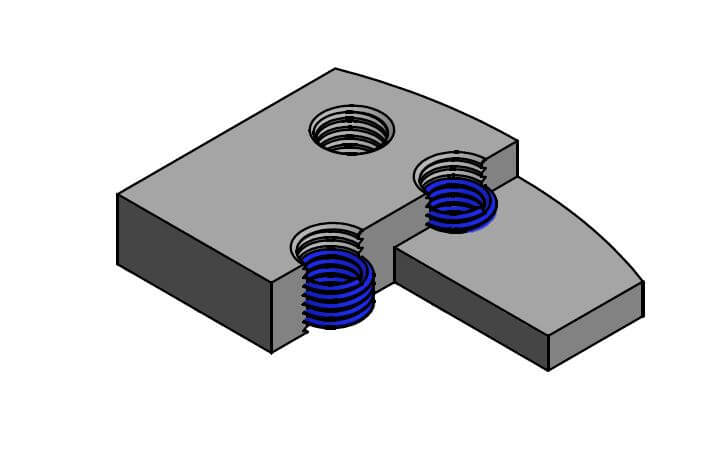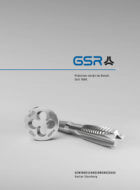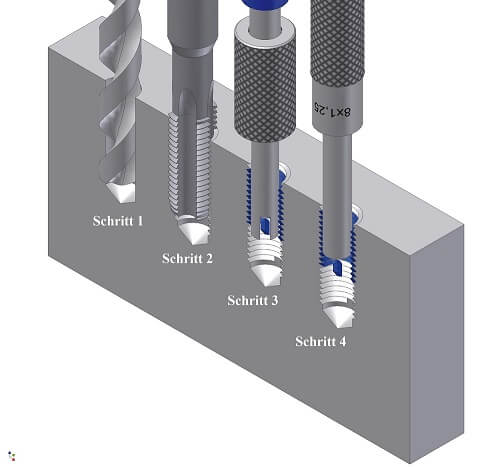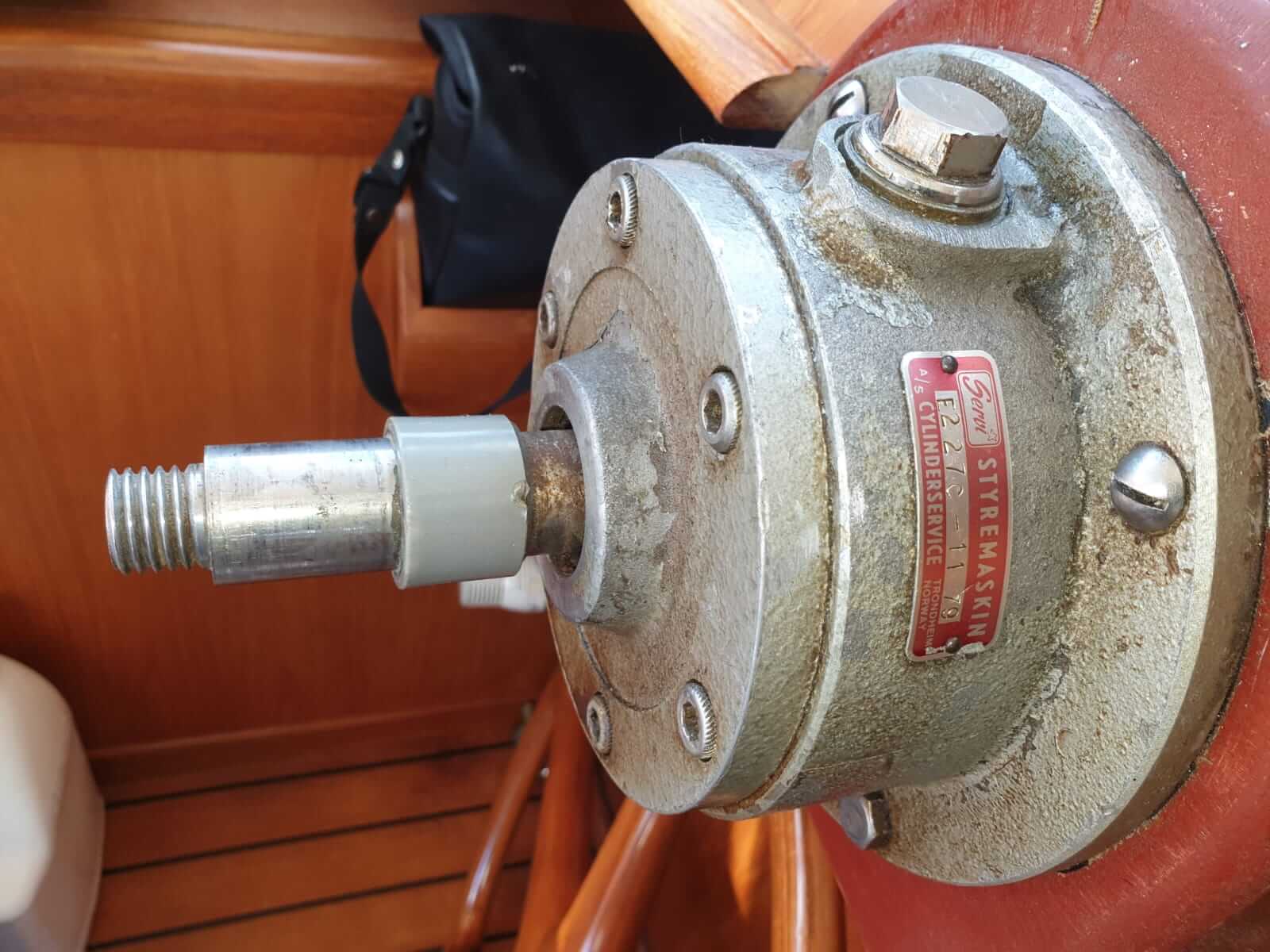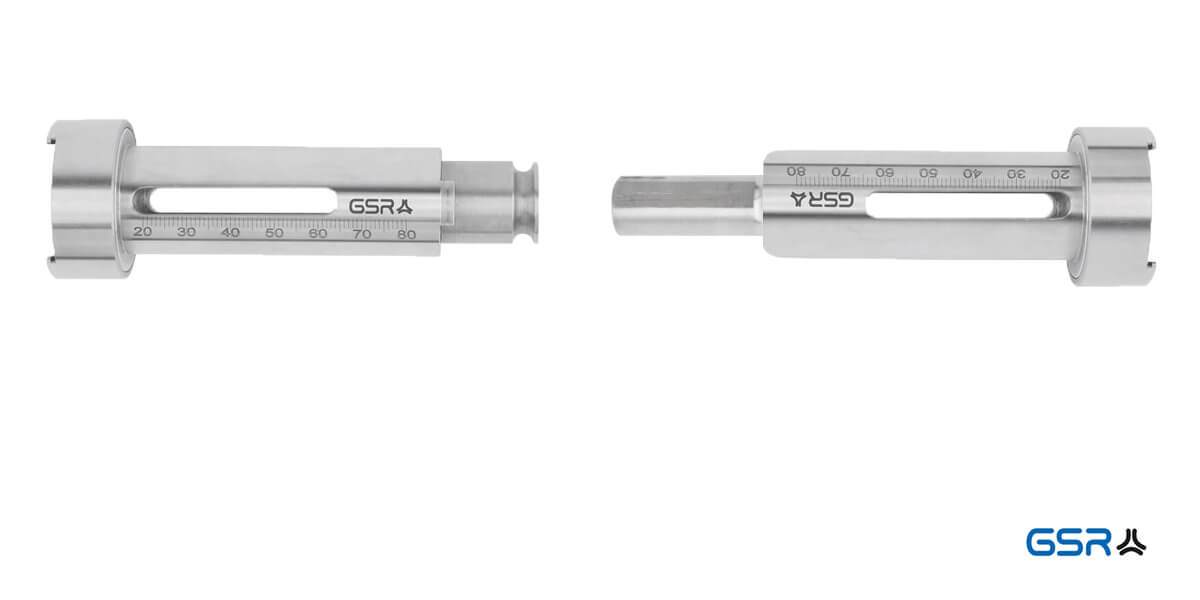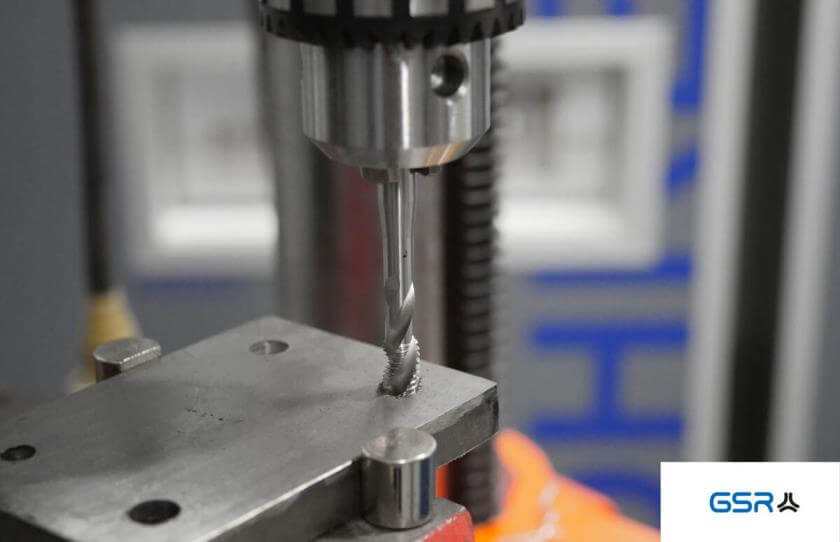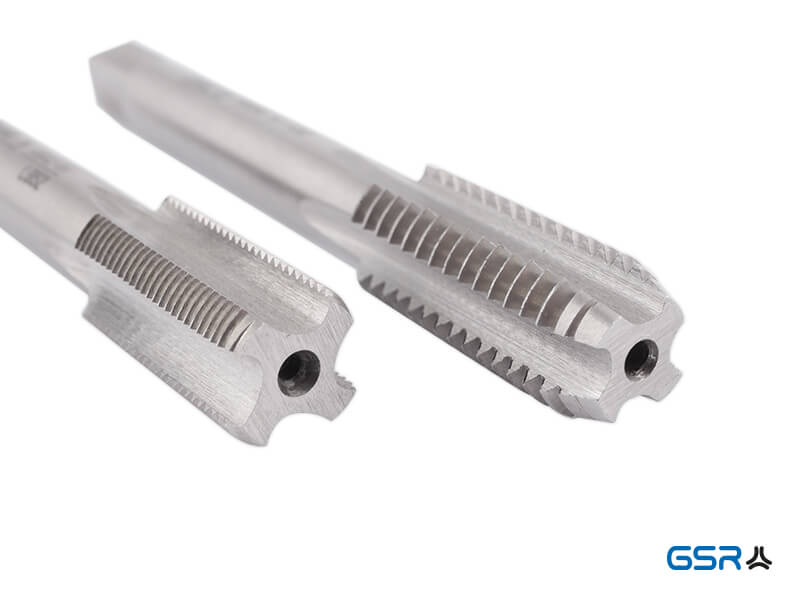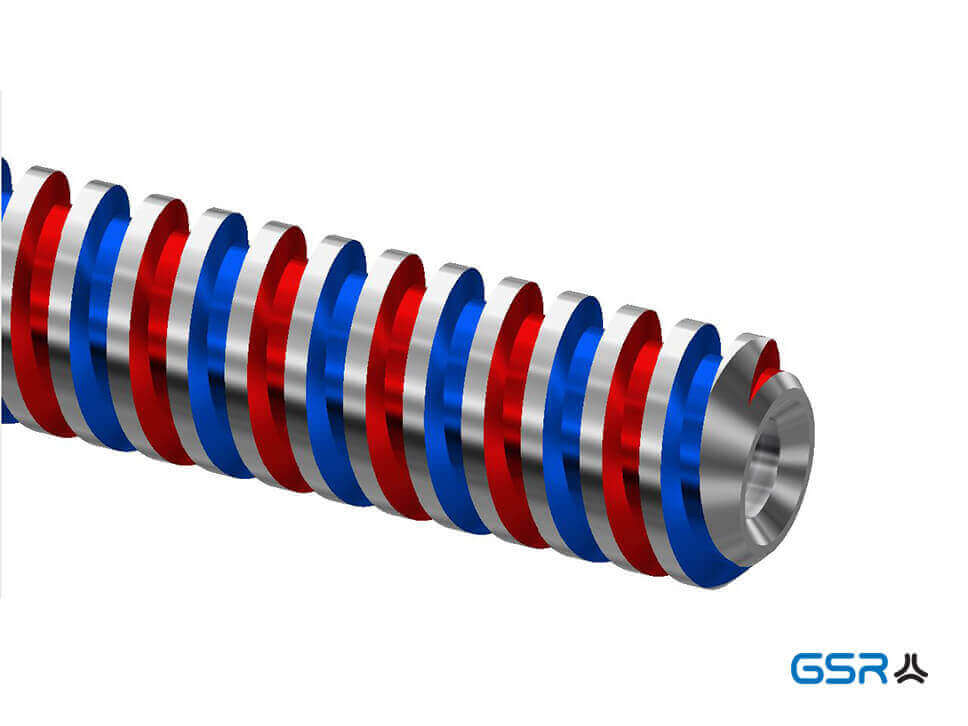Additive manufacturing and 3D printing enable completely new approaches to many projects. Read this article to learn how thread inserts and 3D printing offer the best solution. Also read about the 2 methods and their advantages and disadvantages.
Thread reinforcement for 3-D printed workpieces
If you want to combine components and separate them as often as you like, screw connections with threads are suitable. However, 3D printed plastic parts have a low shear strength. The threads can tear out under load.
Pressing in threads after heating
A solution available on the market is the pressing in of threaded inserts after heating. The disadvantages are obvious: it is difficult to press in the threaded inserts perpendicularly and to achieve the desired thread depth exactly. This procedure also requires the purchase of a suitable machine.
We have tested another solution where these disadvantages do not occur. It is the use of GSR wire thread inserts.
GSR wire thread inserts / thread armouring
You can take this solution into account right away when designing the parts. You print a so-called STI (Screw Tap Insert) thread into your component. After cleaning the threads you can then screw in a stainless steel wire thread insert. This insert is pushed apart when screwing in and thus held in the STI thread.
This combination is extremely resilient and quick to install. In this way you create resistant nut threads for high loads and optimum power transmission in 3D printed plastic parts.
If you do not take the thread into account during the design stage, you can also take the classic route and cut the required thread and then screw in the thread inserts. Detailed instructions for this method can be found here: Thread Repair
(öffnet in neuem Tab)
You will find the appropriate tools in our shop:
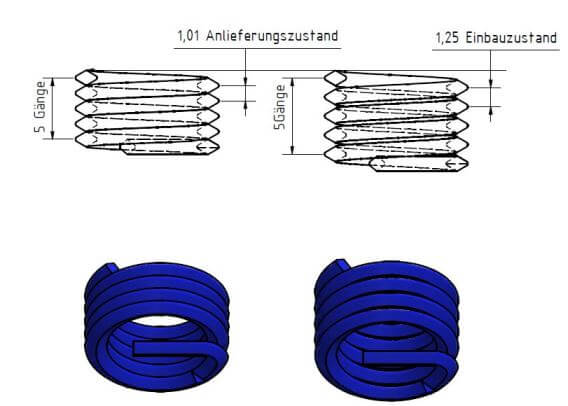
Excursion thread inserts:
Wire inserts are now technically recognised and are also used to create threads in materials such as aluminium. When designing such threads, there are a number of considerations that need to be taken into account, which we will discuss briefly below.
Design considerations Wall thickness
The wall thickness should be sufficient. This means the distance to the end of the workpiece, or the distance between two possible thread inserts. For better orientation, we suggest that a diameter of the thread core hole for the holding thread be taken into account as a minimum dimension in the design considerations. In the illustration below, we have once again illustrated these considerations in a technical drawing. The wall thicknesses hang of course also depends on other design features.
Material thickness
When planning the material thickness, the later usable length and the drilling depth, the following determining elements should be taken into account: the total drilling depth is made up of the installation depth of the wire insert, the wire thread insert in the installed state, the lead-in of the tap (in case of a blind hole) and a safety buffer. In the illustration (see below) you will find the graphic representation of the technical considerations and in the table the corresponding data for the drilling depth.





